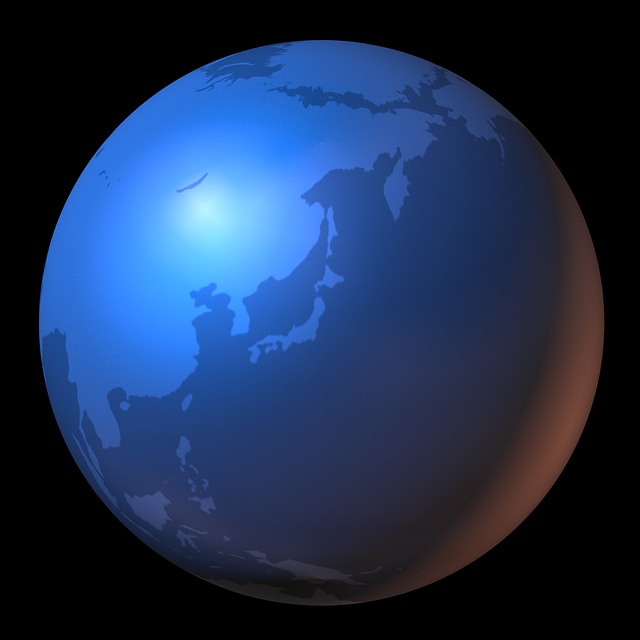Data provided by the Japan National Institute of Infectious Diseases (NCID) and reported by the news source, Asahi Shimbun, show that the country has reported a record number of invasive group A streptococcal disease cases, specifically, streptococcal toxic shock syndrome (STSS) in 2017.

A total of 525 patients with STSS were reported as of Dec. 10 include 66 in Tokyo, the highest of any prefecture, 40 in Kanagawa, 32 in Aichi, 31 in Fukuoka and 28 in Hyogo, the report notes. This is the highest number of cases recorded in a year since this data started being tracked in 1999 and about two and a half times the number of cases reported in 2013.
The cause for the increase is unknown. Ken Kikuchi, a professor of infectious diseases at Tokyo Women’s Medical University says “It is conceivable that a growing number of patients with STSS are infected with bacteria other than group A streptococcus” like group G streptococcus.
The story behind the Toxic Shock Syndrome outbreak investigation of the late 70s-early 80s
Group A streptococci are bacteria commonly found in the throat and on the skin. The vast majority of GAS infections are relatively mild illnesses, such as strep throat and impetigo. Occasionally, however, these bacteria can cause much more severe and even life threatening diseases such as necrotizing fasciitis (occasionally described as “the flesh-eating bacteria”) and streptococcal toxic shock syndrome (STSS), or invasive GAS infections.
Invasive GAS disease is a severe and sometimes life-threatening infection in which the bacteria have invaded parts of the body, such as the blood, deep muscle and fat tissue or the lungs. Two of the most severe, but least common, forms of invasive GAS disease are called necrotizing fasciitis (infection of muscle and fat tissue) and streptococcal toxic shock syndrome (a rapidly progressing infection causing low blood pressure/shock and injury to organs such as the kidneys, liver and lungs). Approximately 20 percent of patients with necrotizing fasciitis and 60 percent with STSS die. About 10-15 percent of patients with other forms of invasive group A streptococcal disease die.
Invasive group A streptococcal infections occur when the bacteria gets past the defenses of the person who is infected. This may occur when a person has sores or other breaks in the skin that allow the bacteria to get into the tissue. Health conditions that decrease a person’s immunity to infection also make invasive disease more likely. In addition, there are certain strains of GAS that are more likely to cause severe disease than others. The reason why some strains will cause more severe illness is not totally clear but may involve the production of substances (toxins) that cause shock and organ damage and of enzymes that cause tissue destruction.
Related: